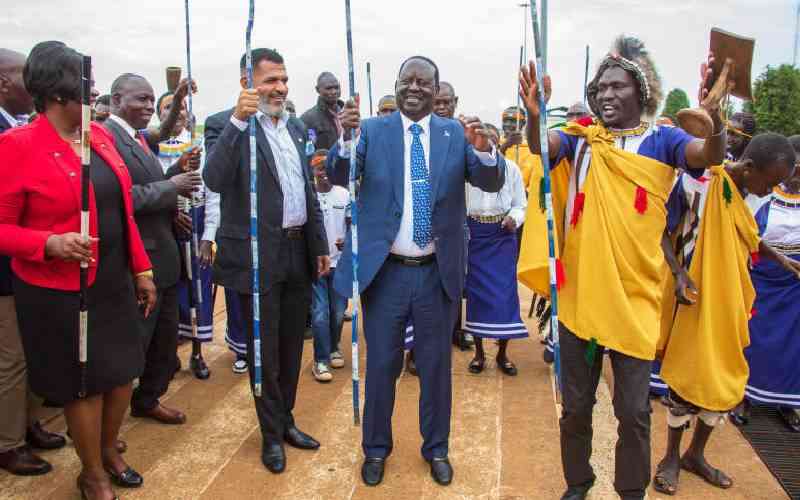
After the eighth devolution conference in Eldoret, Uasin Gishu County, it is time to ask the hard questions. It has been a decade of our devolution experiment that many experts agree is one of the most ambitious decentralisation process ever undertaken anywhere around the world.
The conference has become the biggest extravaganza synonymous with decentralisation in the country. Originally slated to be a biennial event to consolidate the gains of devolution, enhance peer learning and document lessons learned, it is doubtful that it is serving its original purpose. From where I sit, the conference is turning more into a political fest and an opportunity to draw allowances for senior public officials.